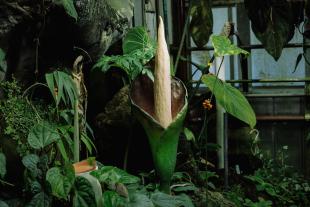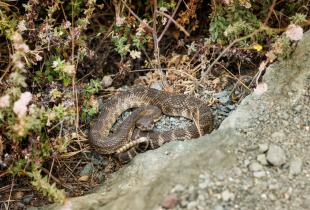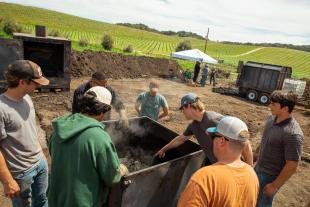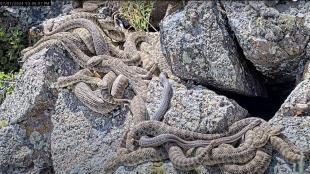Cal Poly Expands Research on Oil and Gas Well Emissions with Nearly $1M Grant
Cal Poly’s geoenvironmental engineering team is broadening its groundbreaking research on greenhouse gas emissions from California’s idle and abandoned oil and gas wells, thanks to a nearly $1 million grant from the Department of Conservation.
The new three-year project is led by Nazli Yesiller, director of the Global Waste Research Institute, with support from professors Jim Hanson and Derek Manheim. Both Yesiller and Hanson have conducted research on various aspects of geoenvironmental engineering issues for various California agencies since 2009. This project builds on their previous studies to provide a more comprehensive understanding of emissions from idle and abandoned wells across the state.
California is home to an estimated 180,000 plugged and abandoned wells, along with thousands of idle wells that remain inactive but not yet sealed. These wells have become a growing concern due to their potential to release methane and volatile organic compounds (VOCs), contributing to climate change and affecting nearby communities. With this new funding, the team will significantly increase the number of wells studied and expand their reach statewide.
The study aims to fill significant data gaps in understanding emissions from idle and abandoned wells, many of which remain undocumented or underregulated. By combining extensive fieldwork with advanced modeling, the team hopes to inform future regulations, reduce environmental risks and climate impacts, and better protect public health.
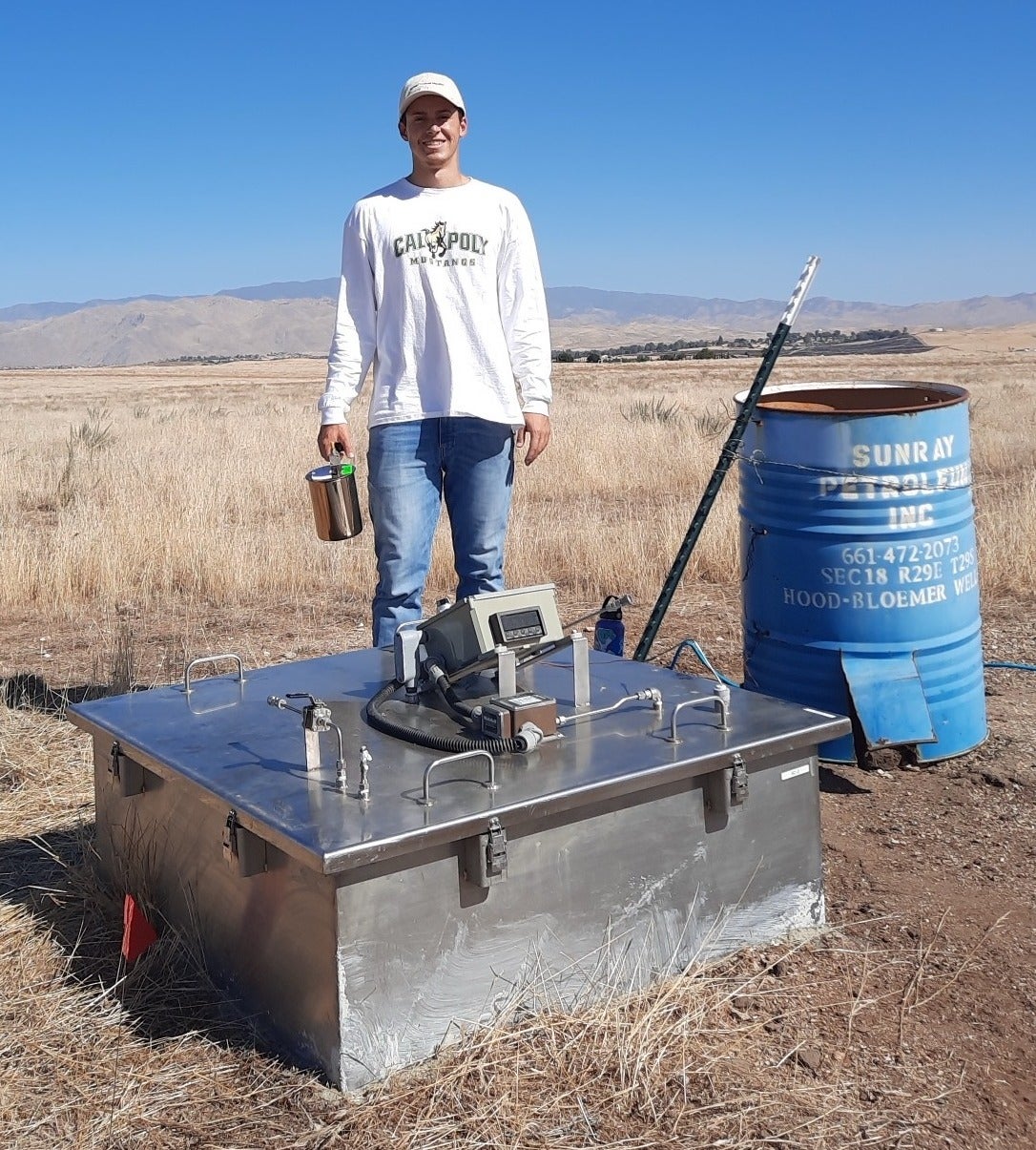
“This project is an opportunity to collaborate with industry and explore solutions together,” Manheim said. “We are leading the way in improving how these wells are monitored and managed.”
The research will incorporate innovative tools such as drone-based measurements of methane and VOCs, handheld optical gas imaging cameras and portable gas sniffers. These advanced technologies will allow the team to collect more precise data on emissions and identify high-risk wells more efficiently.
The projects reflect Cal Poly’s Learn by Doing philosophy, as civil and environmental engineering students play a significant role in both field data collection and laboratory analysis. Teams of undergraduate and graduate students will help with emissions testing, soil sampling and numerical modeling to understand emissions from various well types and surface and subsurface soil conditions across diverse geographic and operational settings.
“We’re combining traditional fieldwork with cutting-edge technology to address a critical geoenvironmental challenge,” Manheim said. “This research also provides invaluable hands-on experience for our students, preparing them to tackle real-world challenges.”
This project underscores Cal Poly’s commitment to addressing pressing geoenvironmental issues through innovative research and collaboration. For more information on this study and the Global Waste Research Institute, visit here.
Want more Learn by Doing stories in your life? Sign up for our monthly newsletter, the Cal Poly News Recap!

